As flagships get massively expensive, OnePlus still has a phone packed with value at a reasonable price.
OnePlus releases a new flagship phone every six months, unceremoniously killing its predecessor in the process. Every other launch is a so-called "T" version refresh: an opportunity to release a substantially similar phone with refreshed specs and a few feature changes, and of course introduce a small price increase. That's what we have here with the OnePlus 6T.
With this rapid release cycle, it's tough to break the stigma of feeling like a company trying to extract water from a stone through excessive iteration with small price increases. And yet, the system works. The latest OnePlus phone is always on the cutting edge of specs and hardware trends. The diehard fans get something to look forward to every six months, and casual observers never have to question whether they're getting a "new" phone.
No matter how similar it may be to its forerunner, the OnePlus 6T is here to take over from the current "budget flagship" leader, the OnePlus 6, and therefore deserves evaluation. For just $549, you get a whole heck of a lot of phone — and yes, some new compromises.
Extreme value
OnePlus 6T
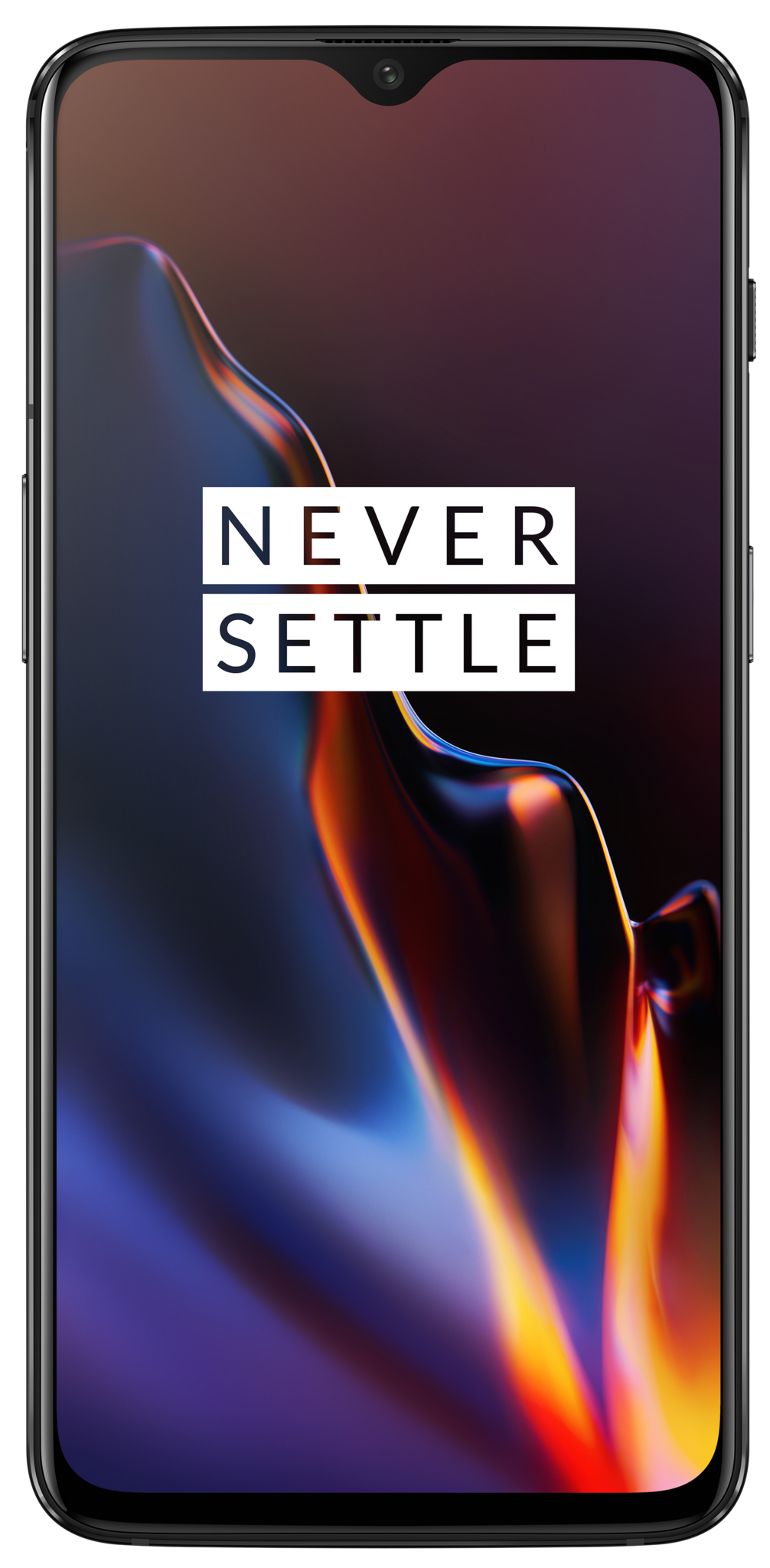
You just can't beat what the OnePlus 6T offers: amazing hardware quality, specs and features for the money.
As flagship phones keep getting more expensive, OnePlus sticks to what it does well. The OnePlus 6T's hardware quality, specs, software and performance all matches phones that cost hundreds of dollars more. And the places where it comes up short are merely marginal differences or non-critical features. This phone offers incredible value: a flagship-like experience for a fraction of the cost.
Pros:
- Blazing fast software
- Full spec sheet
- Huge high-quality screen
- Great battery life
- Above-average cameras
Cons:
- No headphone jack
- In-display fingerprint can be slow
- Horrible haptics
- No IP resistance rating
More of the same
OnePlus 6T Hardware and design
OnePlus has never been the bastion of great design, and its mid-cycle "T" refreshes are even more ho-hum. That makes it tough to get too excited about the OnePlus 6T's design. The company has graduated from the truly basic hardware of the OnePlus 3 days, but its model of keeping costs down and putting money into high-end specs necessitates basic design.
The 6T feels every bit as solid as a $1000 phone — the design is the only thing that's lacking.
In the same mold as the OnePlus 6, you get a solid and efficient combination of a thick metal frame and excellently-placed glass on the front and back. The back in particular has a beautiful curvature that feels amazing, and in contrast to so many other phones the metal frame actually feels like metal without any extra paint or coating. The Midnight Black model has a lightly textured finish that looks great but is extremely slippery just like the OnePlus 6 — and far more so than the Pixel 3 XL — making me think the Mirror Black may be the better choice if you plan to run without a case.
The supporting cast makes a return, including the excellent physical Alert Slider on the top-right edge and nice clicky buttons for power and volume. There's an adequately loud, if a bit hollow, single down-firing speaker ... and yes, the headphone jack is gone. Like every other company, OnePlus says this was a space savings to make room for everything else — and while it doesn't really bother me, this is likely to be a big hang-up for the target audience for the OnePlus 6T. There's a USB-C to 3.5mm jack adapter in the box (#NeverSettle), but you'll have to buy USB-C headphones if you want to plug in directly. OnePlus will gladly sell you a pair.
It's tougher to excuse the lack of water resistance and horrible haptics when you also lose the headphone jack.
With each generation of OnePlus phone, it becomes tougher to excuse some of the shortcomings as the rest of the industry continues to standardize on many hardware features. The OnePlus 6T has no stated water- or dust-resistance IP rating, which I feel is table stakes for this level of phone in late 2018. It also has the worst haptic feedback of any phone over $200 I've used, which is really saying something. I once again had to disable haptic feedback across the system because it's so shallow, rattly and disappointing — it's also distractingly loud when you're sitting in a quiet room. It's these sorts of little things that remind you that you saved a few hundred dollars on your phone purchase.
The OnePlus 6T is marginally larger than the 6, but the only real way to distinguish them is by looking at the display. OnePlus increased the overall display size, now up to 6.41-inches, and also increased the usable real estate by shrinking the notch area to just cover the bare essentials. The softly rounded notch holds a dead-center mounted camera, and is flanked by other necessary sensors — it's also accentuated by the earpiece right above. As far as notches go, this one's easy to ignore; and I appreciate OnePlus isn't even trying to hide it with a dark wallpaper in its advertising. There's nothing to be ashamed of here.
This is a great display, and the notch is easy to ignore.
At 6.41-inches with a 19.5:9 aspect ratio you have tons of room to accomplish anything you want, yet the phone's overall size is effectively the same as the Google Pixel 3 XL and smaller than the Galaxy Note 9. The display itself, aside from being positively huge, isn't anything special. This is the same "Optic AMOLED" tech OnePlus has used for years, with particular attention paid to accuracy and customization so you can get a display profile that works for your eyes. The colors, reflectivity and off-axis viewing are all great to my eyes, but when you get up close you can start to see individual pixels — with a 1080p resolution (2340x1080) it's just over 400 ppi, which is the threshold of pixel density you want to see nowadays. Peak brightness is also far better than I expected, getting way brighter than I'd ever want indoors and being manageable outdoors, which is a nice treat.
Underneath the display is the most interesting — and controversial — feature: an optical in-display fingerprint sensor, replacing the traditional capacitive sensor on the back. From a user perspective, things don't change much; these sensors are just as secure and interact with apps the exact same way, but you get a prompt on the screen to place your finger on a defined area instead of reaching to the pad on the back. The problem is how slow and potentially inaccurate the 6T's sensor still is by comparison: unlocks sometimes happen in half a second, but regularly take upwards of 2 seconds. That doesn't seem like a long time, but it really is when you're just sitting there staring at an animation wondering if you need to shift your finger. A typical capacitive sensor will recognize or reject a fingerprint in 0.2-0.4 seconds. Our own Daniel Bader and Harish Jonnalagadda told me they've had issues with how often their fingerprints are recognized, but I thankfully haven't — even still, the slow unlocking is a burden.
In-display fingerprint sensors have come a long way since I used the first commercially-available units, but they still have shortcomings that will annoy, if not outright frustrate, some people. To be clear, this isn't unique to the OnePlus 6T — every other in-display fingerprint sensor this year has faced the same issues, from the Vivo NEX to the Huawei Mate 20 Pro. They're simply slower than capacitive sensors, and that's the trade-off you take for having this sleekly integrated sensor that takes up far less case room (making room for other components, like more battery) than one on the back.
Above average
OnePlus 6T Cameras
OnePlus didn't make any camera hardware changes coming from the OnePlus 6, nor did anyone expect it to. OnePlus is claiming software enhancements to support the 16MP f/1.7 main and 20MP f/1.7 secondary cameras. The latter has small pixels (1-micron) and no OIS, making it scantly useful in low-light scenes but nicely fills a supporting roll for 2X zoom in good light and applying the portrait mode depth effect. The camera has new algorithms in play that identify common scenes and objects to adjust the camera parameters automatically, and has worked with professional photographers to tune the output for the best possible look.
The 6T doesn't "wow" you as much as the Pixel 3, but it's incredibly consistent and takes great photos.
Shooting with the OnePlus 6T I was less likely to get mind-blowing photos than with the Pixel 3 XL, Galaxy Note 9 or LG V40, but that doesn't mean this isn't a capable camera. OnePlus has nailed its exposure, white balance and HDR processing to take consistently nice-looking and accurate photos in all scene types, and I really like its color profile. The only gripe here is that those characteristics lead to photos that often look basic or a little bland; but they're fundamentally solid, and in good lighting I never took an outright bad picture.
Flat surfaces are incredibly smooth, which looks great when viewed at full size but leads to some detail loss on items that should have texture or a sharper edge. It's a fine line to walk, and in many cases just comes down to personal preference (or is unnoticeable), but I'd prefer processing that provides a sharper edge and lets various items in a scene represent their actual texture. This really is a pedantic level of critique, but it's these little things that make the difference between the photos you get from the OnePlus 6T and the Google Pixel 3 XL.
Low-light shots continue to be the weak point, even with noticeable software improvements.
OnePlus has tuned its processing to improve brightness and colors while reducing noise in low-light shots, which is appreciated and noticeable even though the end result still lands short of the competition in the next price bracket up. I notice the enhanced brightness in low-light shots, and it comes with an insignificant increase of noise or grain compared to the OnePlus 6 — even though the camera doesn't hesitate to take photos at ISO 1600 to 3200, which is incredibly high for such a small sensor. Low light shots exhibit the same consistently nice white balance, colors and exposure as daylight shots, but again don't "wow" me like higher-end phones. The issue of soft edges and a lack of detail is exacerbated by poor lighting, but again is mostly only noticeable when zooming in on photos — if you don't pixel peep, these shots look good and can easily convince people they came from a more expensive camera.
There's also an altogether new "Night" mode that you can engage manually that focuses specifically on enhancing super-dark scenes. Not unlike what Google and Huawei are doing in the area, OnePlus effectively uses several frames with processing to brighten an image with less noise. Night mode can dramatically brighten a dark scene, and do so handheld, but it isn't a miracle worker. It will bring out extra brightness from a scene without creating a blotchy mess, but it does so at the expense of fine detail — and you can immediately notice how soft (and even blurry) edges are. Sometimes it was useful for scenes that were so dark the automatic mode won't get a usable photo, but I preferred to shoot in auto for everything above horrendous lighting conditions.
Incredibly quick
OnePlus 6T Software, performance and battery life
The OnePlus 6T runs Android 9 Pie, which is effectively the same software we've been testing on the OnePlus 6 for months. That means you get all of Pie's features, including Google's gesture navigation (as an option), notification changes, battery life improvements, Do Not Disturb changes and a whole bunch of small under-the-hood tweaks.
OnePlus makes a clean, simple, fast and customizable software experience anyone can enjoy.
Having Pie underneath it all is important for the typical OnePlus buyer, but even more so are all of the OxygenOS improvements that OnePlus has added. Things like the gaming mode, reading mode, navigation bar choices, utilities and tools all add value — and do so without getting in the way. The system is also incredibly customizable, with controls to change all of the smallest functions and interface elements if you wish — though that's only if you want to, because the out-of-box experience is simple and intuitive without superfluous tooltips or pop-ups. OnePlus has also kept its own app additions to an absolute minimum, and you can even uninstall most of what it has pre-loaded. That's how every company should do it.
OxygenOS is so incredibly fast, and never shows signs of slowing down no matter what you throw at it.
OnePlus must have some sort of voodoo in its "OxygenOS" software that makes it incredibly fast. For several generations, OnePlus has consistently had the fastest, sleekest software in the business. And it's pretty easy to figure out why: OnePlus both aggressively cuts back on unnecessary features, apps and other cruft, while also axing or dramatically shortening animations throughout the system. When you lay this simplified, cut-to-the-point software on a Snapdragon 845 and 6 or 8GB of RAM, good things happen.
Yes, it means that sometimes animations can feel abrupt and sudden, but once again this is all done with an eye toward the kind of people who buy OnePlus phones. And honestly, anyone can see the benefit of every single function on your phone happening faster than any other phone. And with ample memory, I never saw any issues with app performance — and my history with OnePlus phones leads me to expect that'll be the case for a year or two down the road.
Having a base of 128GB of storage also gives you plenty of runway to install apps and cache all sorts of media for the next couple of years. Or you can even jump up to 256GB (and 8GB of RAM) for a reasonable $80 surcharge.
Battery life
With a larger 3700mAh battery in tow, I had no worries about battery life on the OnePlus 6T — as I frankly haven't on any previous OnePlus phone. With an efficient processor, lightweight software and plenty of capacity, this phone lasts just as long (or longer than) the competition. I don't make any attempt to ease battery usage on my phone, which means I leave the screen on auto brightness, have all of my accounts and notifications on, use ambient display, stream audio over Bluetooth and don't hesitate to turn on my hotspot when I'm out of the house.
With this usage and 3-4 hours of "screen on" time in my average day, the OnePlus 6T got through the day with plenty of battery left, often as much as 30%, as I went to bed. It's particularly admirable how little battery the phone uses when it's not actively in use, but there doesn't seem to be anything I can do to drain the battery quickly. On a weekend with less time on my phone, I went to bed with 50% in the tank. That's superb.
Recharging comes at you quickly ... at least, if you use the included 20W charger and USB-C cable (or optional $30 car charger. It fills up the 6T extremely quickly, particularly from 0 to 50%, and does so without heating up the phone or faltering when the phone's in use. I'm still not happy OnePlus doesn't support one of the widely-adopted industry standards, such as USB-C Power Delivery or Quick Charge, meaning you're locked into its own accessories for the best charging experience — but at least its own gear provides excellent charging.
Flagship at a discount
OnePlus 6T Review
OnePlus has always operated in an awkward middle ground, landing well above the mid-range segment but also well under the true flagship phones. It purports to play in the latter area, but really doesn't — and that's okay, because its value proposition is so much more nuanced than that. The OnePlus 6T once again proves that you don't need to spend nearly a thousand dollars to have an amazing phone. For $549 you can get a phone that's built just as well, performs as well, has arguably better software, and has longer battery life than phones hundreds of dollars more.
Flagship phones keep getting more expensive, but OnePlus still offers an amazing phone for $549.
Perhaps the biggest thing OnePlus has going for it with the 6T is the general market shift to more and more expensive phones. With the average flagship phone now costing between $800 and $1000, the "budget flagship" segment the OnePlus 6T occupies has just that much extra breathing room above it. Sure the OnePlus 6T's price increased to $549, but that feels minuscule when Samsung and Google's last two big phones just released at $999 and $899, respectively.
There are also two seriously important improvements this time around that have nothing to do with the phone itself: the OnePlus 6T will be sold by T-Mobile, and unlocked models are certified for use on Verizon. Being able to experience the phone in person and buy it with a regular carrier financing plan from a great carrier like T-Mobile is one less barrier for average buyers to deal with. Knowing you can buy a OnePlus 6T and put a Verizon SIM in it, too, opens up another small (but quite vocal) market opportunity.
It's easy to argue that the $250+ price difference between the OnePlus 6T and the competition excuses its few shortcomings. Its display isn't on the exact same level as the competition, the camera doesn't reach Google or Samsung's heights, it doesn't have water resistance, the haptics are crude, its speaker isn't outstanding, and the design is ho-hum. But those are all extremely marginal differences in the grand scheme of a smartphone. Those are all little things that, for most people, make up maybe 10% of the phone experience. The rest of the OnePlus 6T, the remaining 90%, matches or exceeds the competition — its spec sheet, performance, software, hardware quality and battery life are all top-notch. If you feel the same, the math works in favor of OnePlus; you get 90% of the phone for about 60% of the price.
from Android Central - Android Forums, News, Reviews, Help and Android Wallpapers
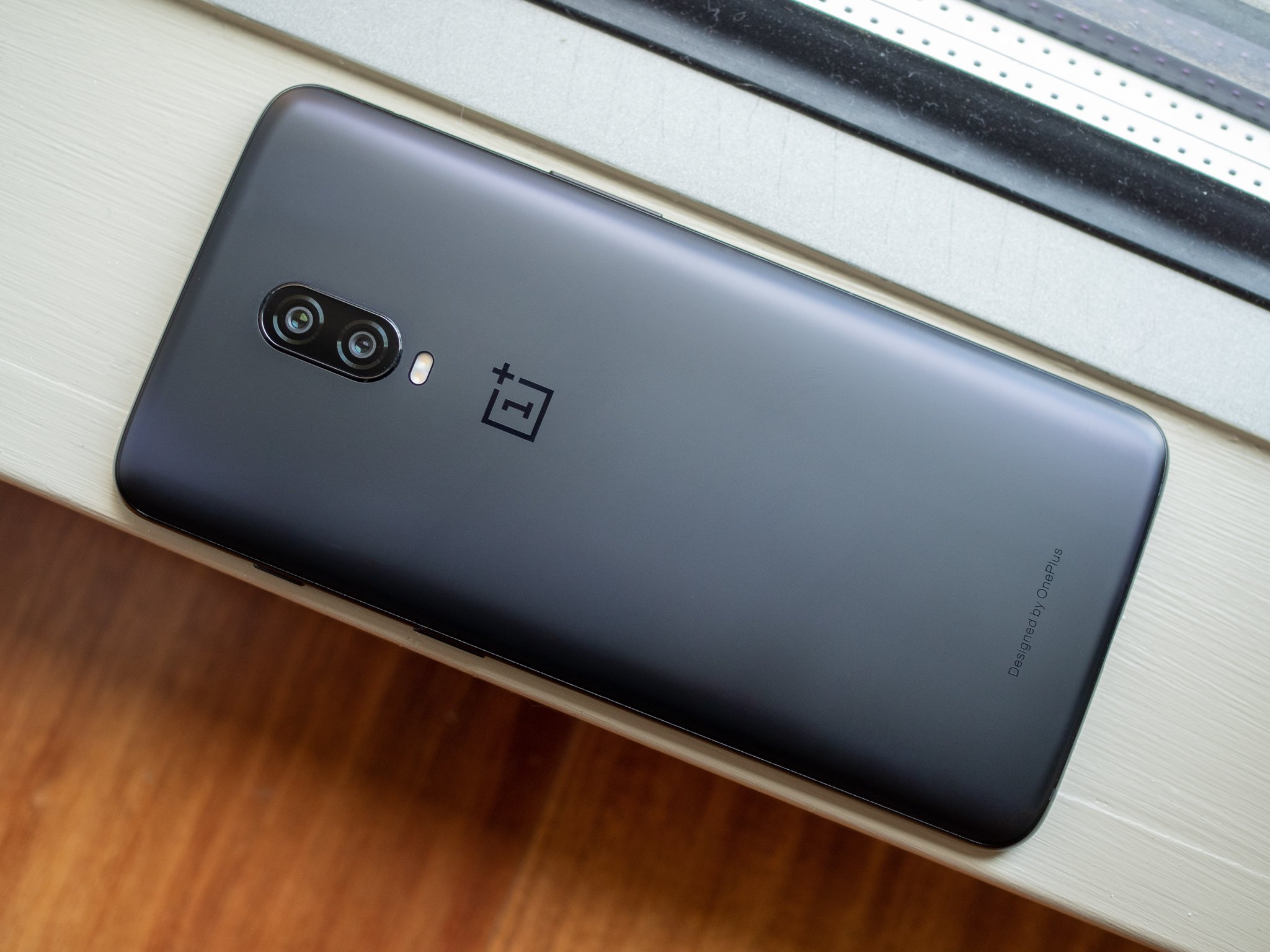


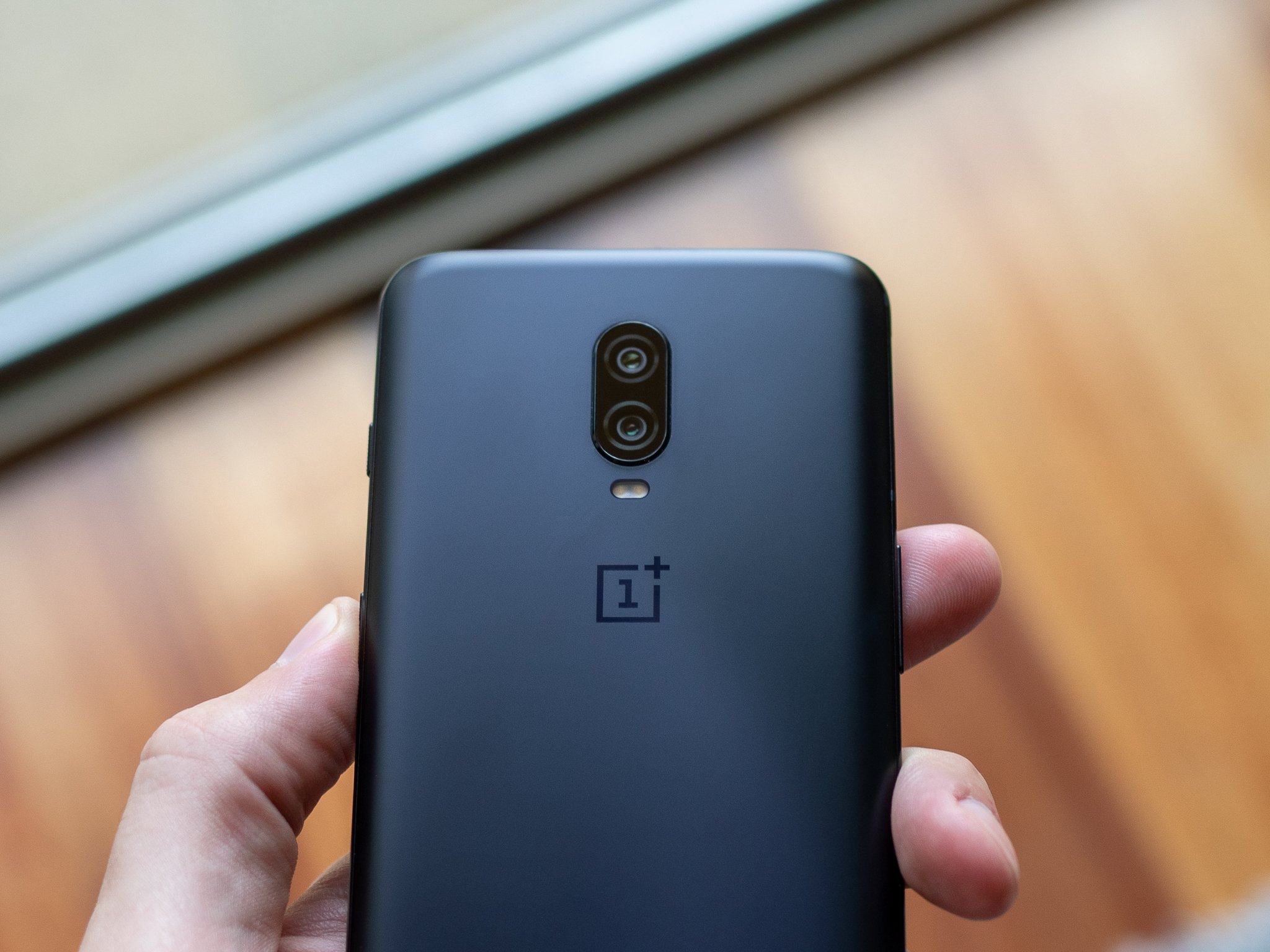












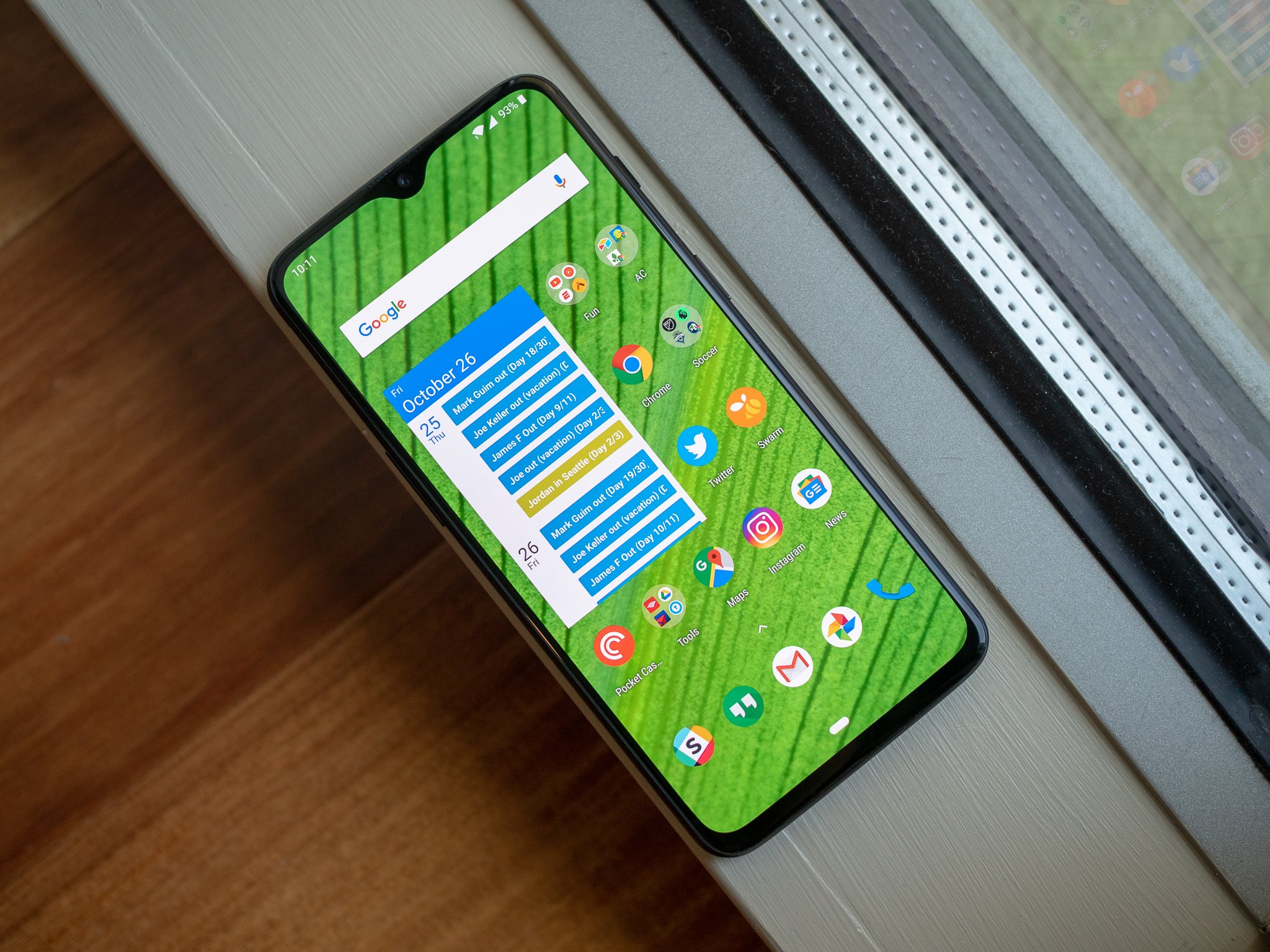









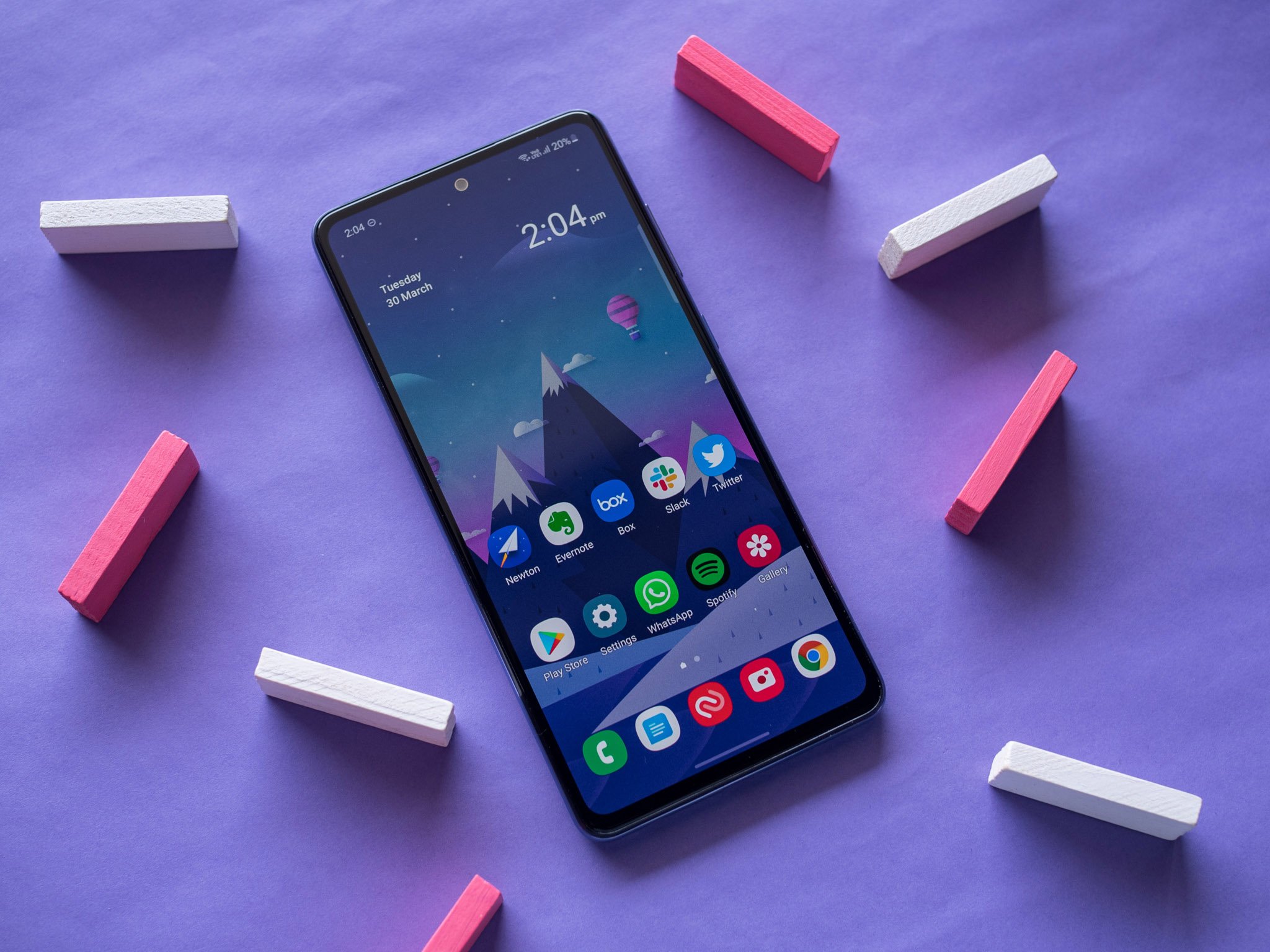

0 comments: